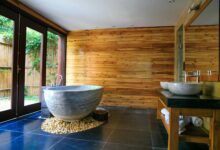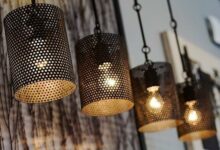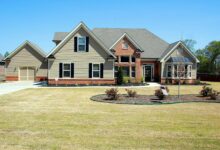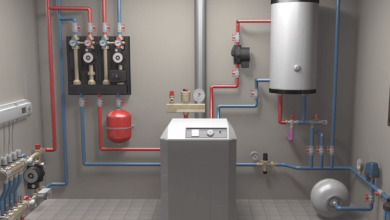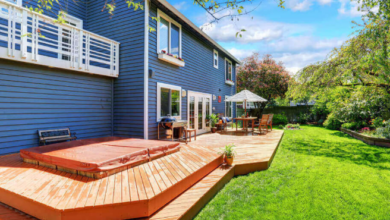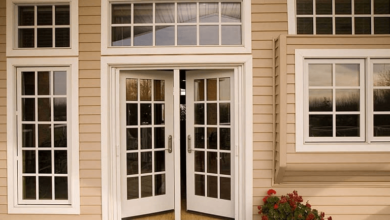The Structural Heart of Doorways: Understanding Door Frame Basics
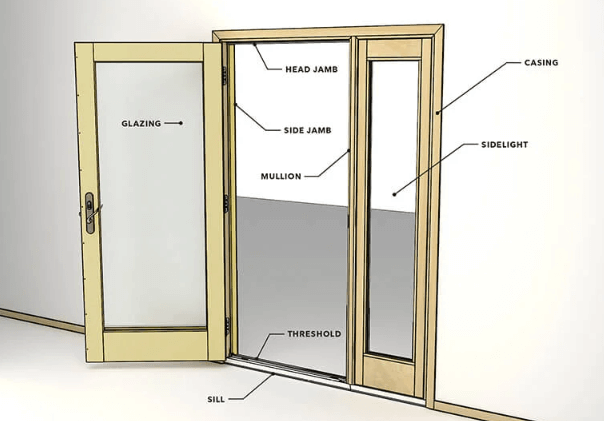
When it comes to the anatomy of a habitable space, the nuances of certain components often go unnoticed. One such unsung hero is the door frame, a structural and aesthetic element that quietly serves a pivotal role in our daily movements. Understanding the basics of door frame can help homeowners, designers, and even the casual observer gain an appreciation for the subtleness of these crucial household features.
The Fundamentals of Door Frames
What is a door frame?
A door frame is the upright structure that surrounds and supports the door. It comprises the head, the side jambs, and possibly a threshold. Together, these form the enclosure for the door to hang and the space through which it swings.
Materials used in door frames
Traditionally, door frames have been constructed from wood due to its accessibility and malleability. However, modern door frames can also be made of metal, uPVC, or other composites. Each material has its own set of advantages and influences the door frame’s strength, cost, and design possibilities.
The importance of proper installation
Installing a door frame is an art in itself. It requires precision to ensure that the door is plumb, functions properly, and allows no unnecessary leakage of air or sound. Even a small misalignment can lead to issues with the door’s operation, and in the long term, can cause expensive problems.
Types of Door Frames
Single vs double
Single door frames are designed to house a single door panel while double door frames provide space for two, usually with one door opening toward the other, or both opening away from the center point.
Pocket doors
A pocket door frame is a single-frame structure that allows the door to slide into a ‘pocket’ within the wall. This is a clever space-saving solution that can be highly beneficial in tight or highly functioning spaces.
Telescoping doors
Telescoping frames, much like pocket doors, are designed to save space. The mechanism allows multiple door panels to stack and slide neatly behind one another, ideal for wide openings that need to be fully accessible at times.
The Role of Design in Door Frames
Aesthetic considerations
Door frames aren’t just about function; they contribute significantly to the overall design of a room. The profile, color, and finish of the frame can enhance the architectural style or personal interior aesthetic.
Customization options
Today’s door frames offer a variety of customizable options from different profiles to moldings and door casings. These features allow for a personal touch and can make a substantial difference in the look and feel of a room.
Matching to the room style
It’s crucial to match the door frame style to the room. Whether you’re going for a classic, contemporary, or rustic look, selecting the right frame style can help the door frame blend seamlessly with its environment.
Read also 10 Practical Tips to Write a Brilliant E-book
Maintaining and Repairing Door Frames
Regular maintenance
Just like any part of a home, door frames require regular maintenance to keep them in good condition. This includes cleaning, touch-up painting, and checking for any signs of damage.
Common problems and solutions
Warped frames, squeaking hinges, and chipped paint are common issues that can occur. Understanding how to address these problems can save both time and money. For example, a warped frame might require adjusting the door, or in more severe cases, the frame itself.
When to call a professional
While some door frame issues can be tackled with a DIY approach, more complicated tasks, such as repairing structural damage, may require the skills of a professional carpenter or contractor.
In conclusion, the door frame is much more than a passive supporter of a necessary home fixture. It’s a dynamic element that plays an instrumental role in the functionality, design, and maintenance of a living space. With a growing appreciation for these minute details, we can form a more holistic view of the architectural components that often go unnoticed.

